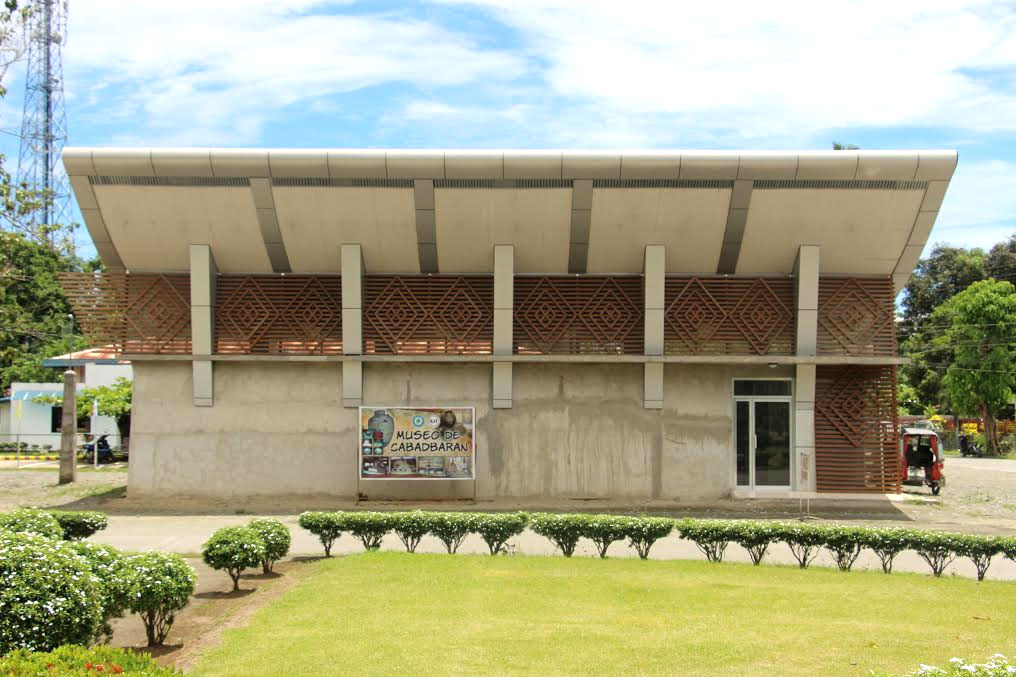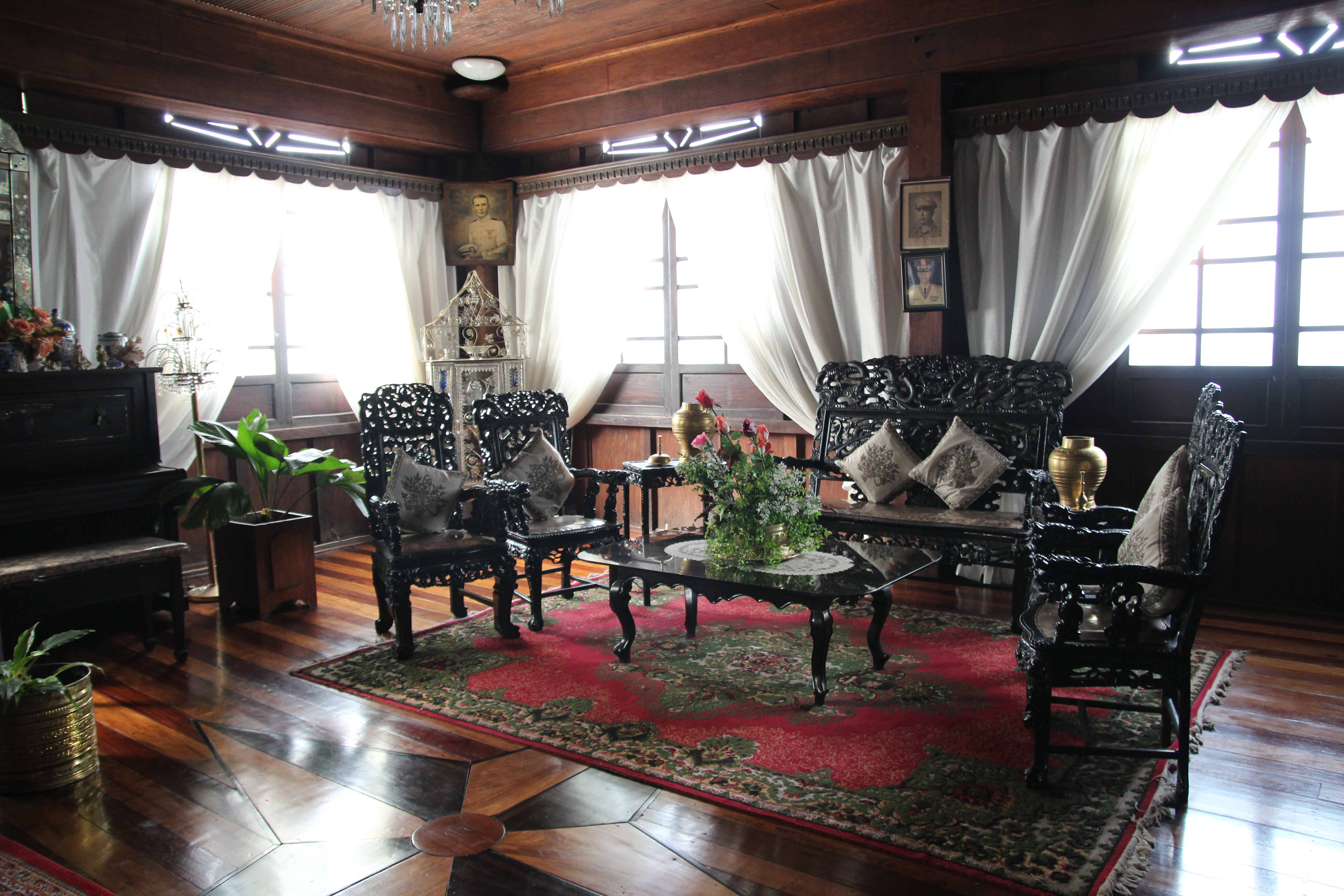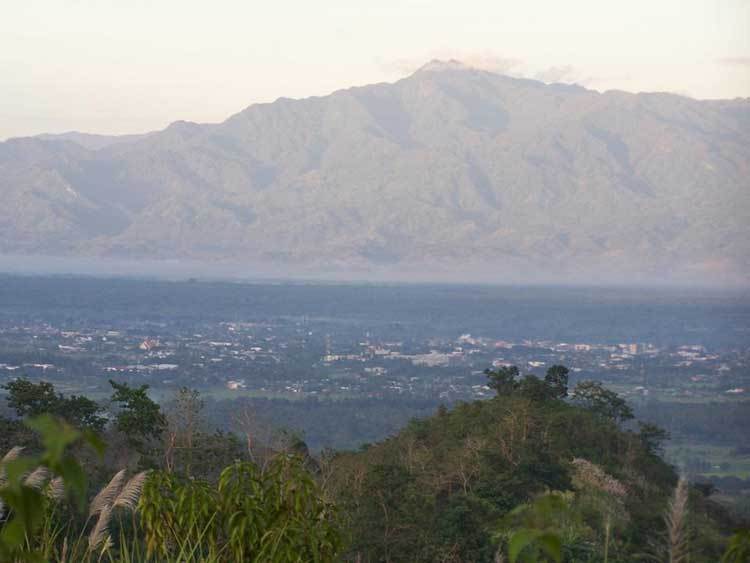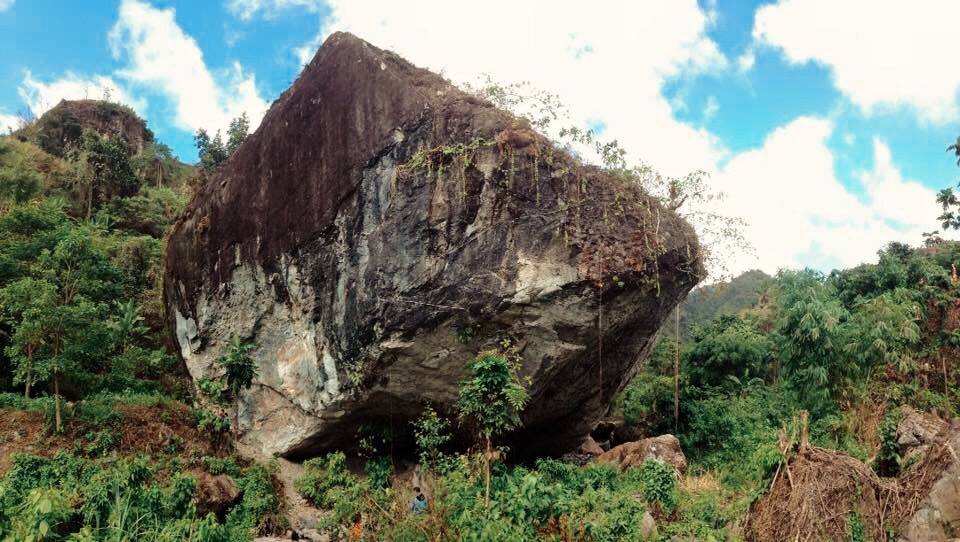Cabadbaran, Agusan del norte
CABADBARAN, as a community, is very old, so old that one could trace its existence back to 1200A.D. Traces of the existence of 12th century villages could be found along ancient waterways dissecting the territory now called Cabadbaran. Along the old creeks of Caasinan, Cambuayon and Capudlusan, pre-Spanish Cabadbaranons once lived, worked and died during the 9th-12th centuries, contemporaneous with the old archaeological sites in Butuan City. Artifacts from these pre-Spanish villages could be found today at the Cabadbaran City Artifacts Gallery now temporarily housed at the City Library.
We have no records of what is in Cabadbaran or what transpired therein during the early years of Spanish colonization except for the solitary site in Sanghan which exhibited Chinese ceramics made during the 15th-16th centuries.
Archival records showed that Cabadbaran was first mentioned in history as a small village chosen by Spanish authorities to become a new reduction which they called “La Reunion de Cabarbaran” in 1867. Added to the existing small population at that time were the inhabitants of Bunawan, Talacogon & Solibao who were coerced by Spanish authorities to migrate to La Reunion. Ten years later, in 1879, La Reunion was disbanded. Those from upper Agusan went back to their places of origin and the remnant population was attached to the town of Tubay.
In 1880-1881, Fr. Saturnino Urios revived the reduction but named it Tolosa in honor of his hometown in Spain. This reduction increased in population with migrants settling in coming from the Visayas. In 1880, its leadership under Teniente del Barrio Don Eduardo Curato, petitioned the Spanish authorities to approve its application for township which was granted in January 31, 1894 as archival documents showed. Separated now from Tubay, the new pueblo, still named Tolosa, increased in population and its economy was propped up by agriculture (rice production) and commerce (abaca trading). This steady growth was disrupted by the events of 1896, the revolution against Spain. But even at that time, no significant turmoil occurred in Cabadbaran until the coming of the American occupation forces in 1901.
Forced by the superiority in arms of the enemy, Filipino forces in Agusan, including those in Cabadbaran under Capt. Andres Atega were forced to surrender. Under American rule and tutelage, Tolosa which was now called again as Cabadbaran (due to Don Andres Atega’s proposal) became a center of growth in Northern Agusan.
Public education system was established in 1903 with George Bohner as the first American teacher. With the appointment of Dr. Pedro Malbas as Public Health Officer in the 1920s, public health was improved upon construction of sanitary toilets, deep wells & drainage canals. The American authorities also embarked in public construction of roads & bridges. Early local leaders who led the struggle but eventually surrendered to the Americans were appointed/elected to different government positions. Don Andres, for one, became Treasurer, Juez de Paz, Inspector of Public Schools and Member of the Provincial Board at one time or another.
New generation of leaders also emerged. Apolonio “Oyok” Curato, a son of Eduardo became a lawyer and represented Agusan in the 1935 Constitutional Convention. He became Governor and Congressman of the undivided province of Agusan.
We have no records of what is in Cabadbaran or what transpired therein during the early years of Spanish colonization except for the solitary site in Sanghan which exhibited Chinese ceramics made during the 15th-16th centuries.
Archival records showed that Cabadbaran was first mentioned in history as a small village chosen by Spanish authorities to become a new reduction which they called “La Reunion de Cabarbaran” in 1867. Added to the existing small population at that time were the inhabitants of Bunawan, Talacogon & Solibao who were coerced by Spanish authorities to migrate to La Reunion. Ten years later, in 1879, La Reunion was disbanded. Those from upper Agusan went back to their places of origin and the remnant population was attached to the town of Tubay.
In 1880-1881, Fr. Saturnino Urios revived the reduction but named it Tolosa in honor of his hometown in Spain. This reduction increased in population with migrants settling in coming from the Visayas. In 1880, its leadership under Teniente del Barrio Don Eduardo Curato, petitioned the Spanish authorities to approve its application for township which was granted in January 31, 1894 as archival documents showed. Separated now from Tubay, the new pueblo, still named Tolosa, increased in population and its economy was propped up by agriculture (rice production) and commerce (abaca trading). This steady growth was disrupted by the events of 1896, the revolution against Spain. But even at that time, no significant turmoil occurred in Cabadbaran until the coming of the American occupation forces in 1901.
Forced by the superiority in arms of the enemy, Filipino forces in Agusan, including those in Cabadbaran under Capt. Andres Atega were forced to surrender. Under American rule and tutelage, Tolosa which was now called again as Cabadbaran (due to Don Andres Atega’s proposal) became a center of growth in Northern Agusan.
Public education system was established in 1903 with George Bohner as the first American teacher. With the appointment of Dr. Pedro Malbas as Public Health Officer in the 1920s, public health was improved upon construction of sanitary toilets, deep wells & drainage canals. The American authorities also embarked in public construction of roads & bridges. Early local leaders who led the struggle but eventually surrendered to the Americans were appointed/elected to different government positions. Don Andres, for one, became Treasurer, Juez de Paz, Inspector of Public Schools and Member of the Provincial Board at one time or another.
New generation of leaders also emerged. Apolonio “Oyok” Curato, a son of Eduardo became a lawyer and represented Agusan in the 1935 Constitutional Convention. He became Governor and Congressman of the undivided province of Agusan.



